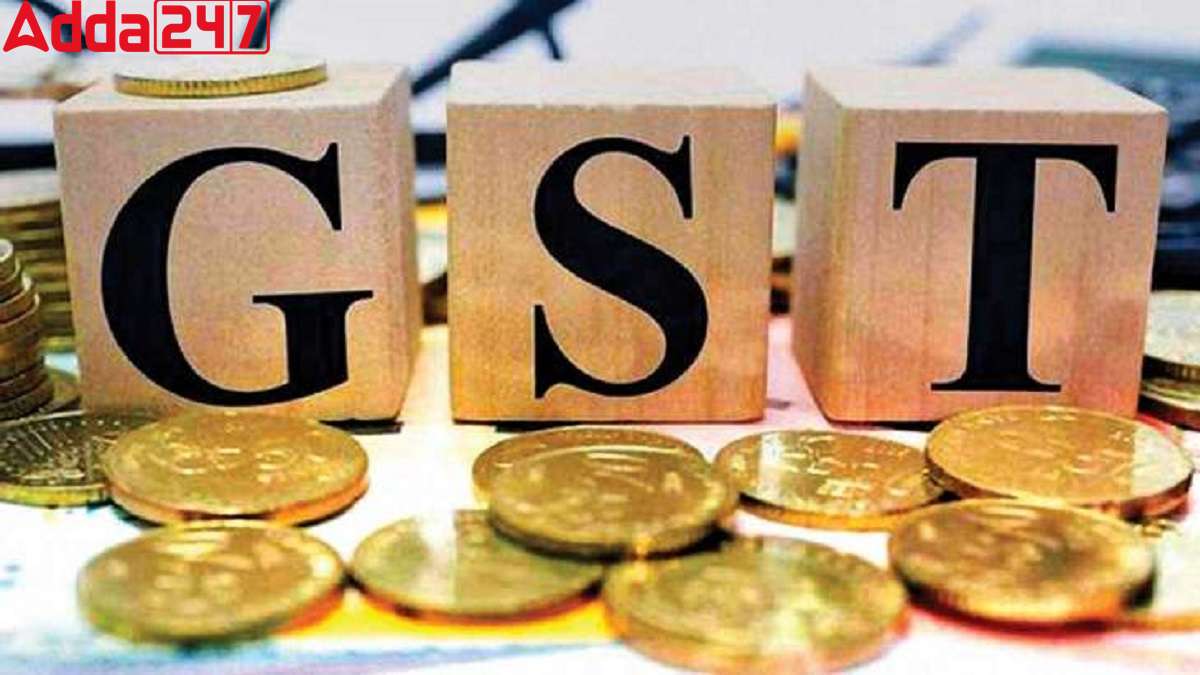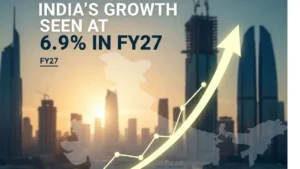In August 2024, India’s GST collections reached ₹1.75 lakh crore, marking a 10% year-on-year growth compared to ₹1.59 lakh crore in August 2023. This increase reflects robust domestic consumption and higher imports. The central government collected ₹30,862 crore, while states collected ₹38,411 crore before adjustments. IGST on imports and inter-state sales amounted to ₹93,621 crore.
Domestic Revenue and Imports
Domestic GST revenue grew by 9.2% to ₹1.25 lakh crore, while revenue from the import of goods increased by 12.1% to ₹49,976 crore.
Refunds
Refunds issued in August totaled ₹24,460 crore, a 38% increase from the previous year. After adjusting for refunds, net GST revenue saw a 6.5% increase, reaching ₹1.5 lakh crore.
Economic Outlook
Experts noted that the growth in GST collections indicates strong consumption patterns, especially with the onset of the festive season. While large states like Maharashtra and Karnataka saw double-digit increases in collections, states like Gujarat and Tamil Nadu experienced single-digit growth, which may warrant further analysis.
GST Council Discussions
Finance Minister Nirmala Sitharaman highlighted that the upcoming GST Council meeting would address rate rationalization, with discussions on compensation cess for luxury and sin goods. However, final decisions are expected in subsequent meetings.
GST: Key Points
Introduction: Goods and Services Tax (GST) is a comprehensive indirect tax implemented in India on July 1, 2017, replacing multiple indirect taxes like VAT, excise duty, and service tax.
Structure: GST is a dual system with Central GST (CGST) and State GST (SGST) levied on intra-state transactions, and Integrated GST (IGST) on inter-state transactions and imports.
Tax Rates: GST has multiple tax slabs: 5%, 12%, 18%, and 28%, with certain items exempted or taxed at a lower rate.
Revenue Sharing: CGST revenue goes to the central government, SGST to state governments, and IGST is shared between both based on consumption.
Collection Trends: GST collections indicate economic health; higher collections suggest robust consumption and better tax compliance.
Technology-Driven: GST is administered through an online portal, GSTN, which streamlines tax filing, payment, and compliance.
Compliance Mechanisms: Regular audits, anti-evasion measures, and refund systems are in place to ensure transparency and reduce tax evasion.
Economic Impact: GST has simplified the tax structure, reduced the cascading effect of taxes, and promoted a unified market across India.
GST Council: A federal body chaired by the Finance Minister, the GST Council decides on rate changes, policy matters, and implementation issues.
Recent Updates: Ongoing discussions in the GST Council focus on rate rationalization, compensation cess, and addressing industry-specific concerns.




 UN-DESA Projects India’s GDP Growth at 6...
UN-DESA Projects India’s GDP Growth at 6...
 NSO Releases First Advance Estimates of ...
NSO Releases First Advance Estimates of ...
 India’s Growth Seen at 6.9% in FY27 Desp...
India’s Growth Seen at 6.9% in FY27 Desp...







